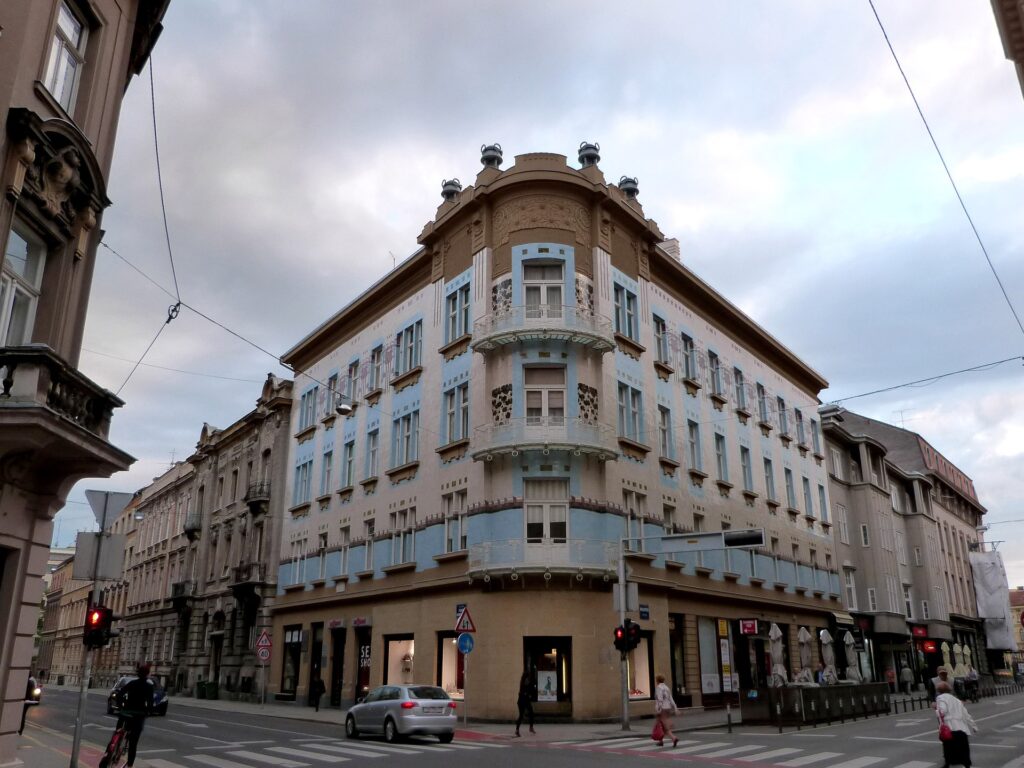What is Liquidity? Why is Liquidity Important?
Liquidity is defined as how easily any type of asset can be turned into cash. Cash itself is the most liquid of assets.
Liquidity is important because it gives flexibility to mobilize capital. If you can liquidate your investments easily, you can use the freed capital for other and better investments, respond to market trends, or find relief to financial burdens that might arise. Think about selling one company’s share on the stock exchange to buy another.
When it comes to Commercial Real Estate (CRE), it’s not that easy. CRE investments are usually not liquid at all. Real estate transactions take a long time to analyze, conduct due diligence, and complete. From a time an owner or a CRE investor decides he wants to sell his property or investment, and until he sees the money as cash in the bank, many months and even years can pass.
The Holding Period as a Barrier to Liquidity
One of the biggest barriers to liquidity is the holding period. In CRE, this is the time an investor has to retain an asset to gain a return through income, appreciation or a combination of both. This time frame begins the day a property is purchased – or the CRE investment is made in a project – and ends the day that the property is sold. For CRE, the average time span is 5-7 years. Sponsors who buy and manage the property decide when to sell it, but investors in such projects are contractually obliged to hold on to their investments – with no liquidity option – until the sponsor decides to sell. Enter the burning question of how to extract liquidity during this substantial period.
The answer lies in secondary marketplaces. Real estate startup SecondRE gives investors, for the first time, the opportunity to buy and sell portions of CRE to generate profits and liquidity. . SecondRE partners with sponsors to provide liquidity for real estate, offering investors in these sponsors’ projects opportunities for secondary investment on the SecondRE Marketplace, with flexibility to buy and sell their holdings as they please. SecondRE enables sponsors to continue to hold on to strong assets, with full control, while allowing their investors to exit early, even during the Holding Period. This allows them to buy, sell, or trade their investments, in whole or in fractions, with other accredited investors. Not only does it break barriers when it comes to holding periods, but it also creates for many an excellent entry into the world of CRE investment.
Related Link: Real Estate Investment: The Holding Period Explained
Reasons Sponsors Want Liquidity
Why would sponsors want to enable liquidity for their investors? Essentially, the standard contracts in CRE let sponsors manage their assets for years without much interference of the investors. Sponsors are not obliged to let investors sell their holdings during the holding period, though some accommodate such sales in specific cases. However, liquidity for investors offers a multitude of benefits to sponsors as well. Here is a closer look at why sponsors welcome liquidity in their properties and CRE investments.
Monetize a Gain in The Value of a Property
This model is a win-win for sponsors and investors. Each time a section of the asset is sold for liquidity, the sponsor receives revenue from the transaction, the so called “promote”. Sponsors maintain full monetary control of an asset while receiving payouts that are usually reserved for years after, when the asset is sold.
Wonder why SecondRE is so appealing to sponsors and investors? Find out here.
Let Investors Exit an Investment Early
It is easy to enter an investment opportunity but can be very difficult to exit. A secondary trading marketplace alleviates this concern. Investors can sell or trade their portions at any time. Life is unpredictable, so in the event of altering circumstances, an investor can walk away from their share of a CRE with no strings attached. This peace of mind is a tremendous benefit for investors. Providing such piece of mind to investors – even if they don’t exercise the option to sell – is considered a superb investor experience. Investors feel more confident and relaxed working with a sponsor if they have the freedom to exit when they want. Also, the sponsors’ investor relations team some time needs to deal with investors in distress who want out, and do not have a good outcome for such scenario. A secondary marketplace for the investment allows the IR team to let such investors sell their holdings to a willing buyer.
Attract New Investors to New Primary Offerings
By enabling liquidity, sponsors find it easier to attract new investors. Investors who know they can get out easily are more likely to get in. Fractional ownership and no-wait liquidity offer a lot of benefits to potential investors, who would favor a sponsor and project that enables liquidity over another sponsor or project that does not. When a secondary marketplace for a CRE investment exists, it makes an inclusive opportunity to enter the lucrative world of CRE for those who might not otherwise have such a chance. It is also an excellent option for novice investors who want to gain some experience before taking the next step of their journey. The model allows for long-term or short-term investment, another benefit for those who are testing the waters or are seeking a more flexible liquidity option. Sponsors get exposure to both experienced investors and novice ones that are interested in secondary trading in their investments, and can also later approach them with offers to invest in new primary offerings – new projects and investments that they are initiating.
Related Link: Real Estate Investment: What’s the Difference Between Primary and Secondary Markets?

Sponsor’s Other Investment Opportunities, Need for Cash or Capital
Sponsors who are the main equity owners in CRE investments also like liquidity. When you have money from investors or from operations, you can invest it as a sponsor in new projects, to make more money. SecondRE also allows liquidity for sponsors. It takes a stake in new or existing commercial real estate investments – as a new Limited Partner (LP), partially buying out sponsors and investors. SecondRE then offers secondary investment opportunities in these assets to thousands of accredited investors on the SecondRE Marketplace. The sponsor on the other hand, has more cash on its hands to go and initiate new projects, or to distribute dividends to its shareholders.
Do you need more details on how the SecondRE marketplace works? Find them here.
“Real Estate, like all markets, becomes more transparent and liquid”
At the helm of SecondRE is CEO Eran Etam. Headquartered in New York City, this accomplished entrepreneur, who has scaled startups up to NASDAQ-traded companies before, has set out with his co-founders to create a “marketplace for real estate liquidity.”
“Coming from the technology ecosystem, I am a great believer in openness and transparency as drivers for growth.” says Eran Etam, Co-founder and CEO at SecondRE. “There are many ways for investors to invest in primary real estate offerings but no easy way for them to transact in the secondary market. Investors in real estate should have the ability to meet their money anytime, as long as sponsors’ and projects’ interests are met. This is why we provide liquidity to real estate on SecondRE Marketplace.”
Sponsors partnering with SecondRE concur with these trends. “There’s no question that liquidity has long been desired in commercial real estate investments.” says Jeff Holzmann, Chief Operating Officer at RREAF Holdings, “On occasion, we get a call from an investor asking to cash out. The ability for an investor to meet their money anytime is a game changer for operators.” Holzmann adds. “We’re happy to lead the way and provide our RREAF investors with another value-add service for liquidity in our projects. It’s encouraging to see the confidence our investors have in us, and we are also delighted to welcome to our investor community new accredited investors, who have learned about RREAF on SecondRE.

The Future is Liquidity
This emerging niche is still in its infancy but has made great strides. SecondRE identified a long-overdue need in a high-profile market and provides an innovative solution. This solution applies to almost every participant in the lucrative commercial real estate industry.
People today are looking for security, freedom, and flexibility. SecondRE’s model for liquidity hits all of the market’s requirements as it turns a rigid past into a fluid future.







